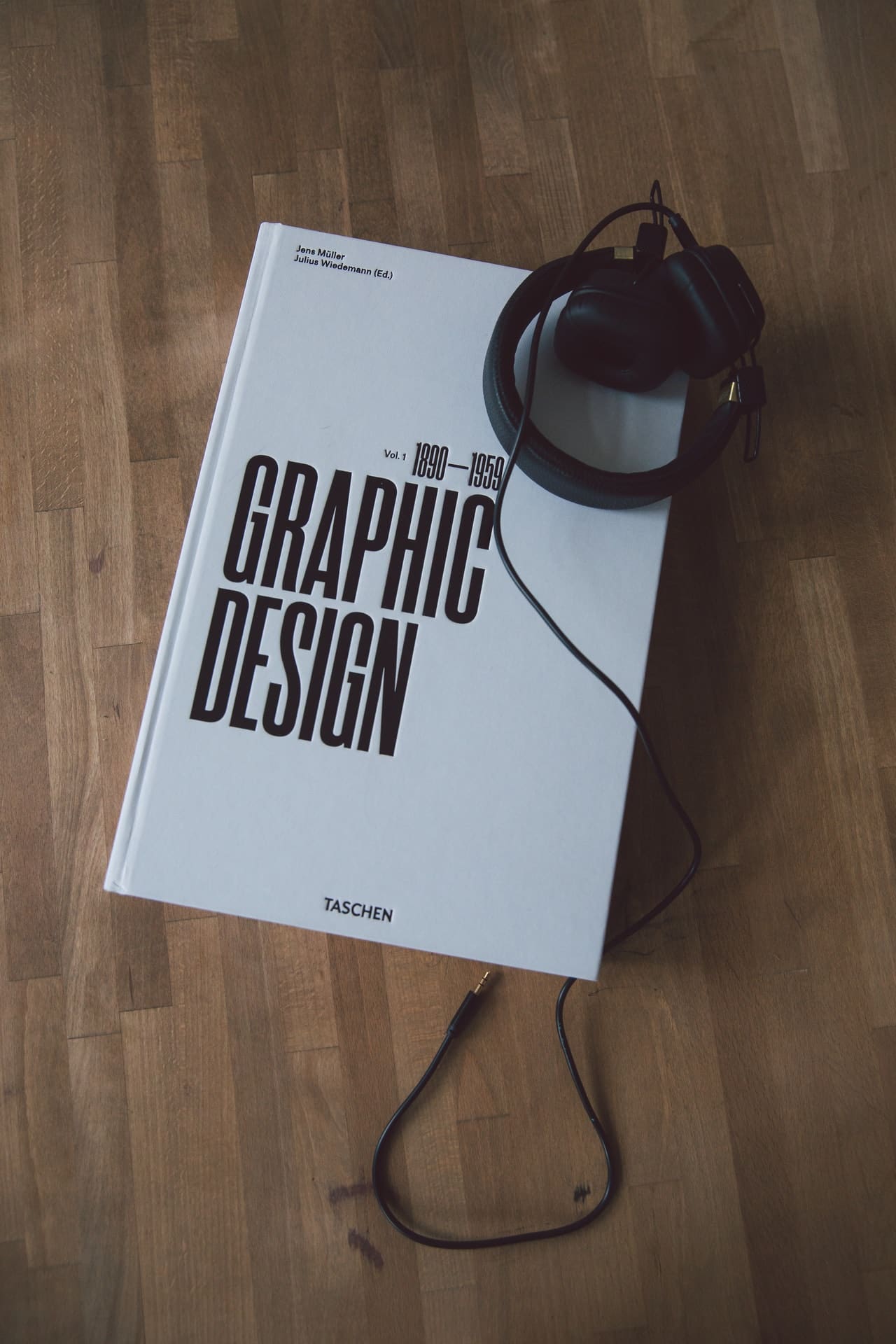
Principles of Designing a Knockout Book Cover
Despite the old adage, people constantly go around judging books by their cover. And in fact a book cover is a critical place to get across important information about the kind of book that can be expected within the pages.
It’s not about grabbing the greatest number of people and compelling them to start reading, it’s about attracting the right kind of readers, who are going to find the book satisfying and become fans, and hopefully people who will recommend your book to others.
If you’re lucky enough to have a publishing deal, the chances are your publisher will have strong opinions on what your book cover needs to be like and you may have minimal say in the matter.
However, if you’re self-publishing, the entire design and final decision will be entirely down to you. So how can you make sure your book cover is an asset and doesn’t put people off ever opening to the first page?
Get a professional
You may not want to fork out for a professional designer, but in many cases not doing so will cost you far more. If you’re willing to invest in someone who knows their stuff, it could lift your book above the other amateurs. However, if your cover is obviously home-made, the majority of people will give it a wide berth. You’ve worked hard to finish your book and become skilled as a writer, it would be a shame to shoot yourself in the foot because you’re not a professional designer. Shop around and it may be less expensive than you think, or you could even consider using a graphic design student.
Check out other book designs and think about genre and expectations
There are genre conventions when it comes to book covers, and by researching other books you can get inspiration and identify what grabs you, and therefore what might attract your readers. A fantasy adventure story is distinguishable at a glance from a light-hearted romance, as is a quirky pulp fiction from a serious period drama, and so on. You might want to be original, but if you deviate too far from the conventions, you risk disappointing people and missing out on those who would love your book.
Keep it simple
It’s much more difficult to create an elegant, simple design than to make a complicated eyesore. Resist the urge to represent your entire plot and half the twists in your book cover; focus more on giving an impression of the mood, genre and style. Also, avoid using too many fonts – which is a common pitfall for amateur designers. There should be two different fonts maximum – one for the title, and one for the author’s name.
Focus on your reader
Don’t get caught up in a vanity project – the book cover has a purpose, and that it to attract your readers. So think about them when you’re designing it, not on what you think looks nice. If you can get other people’s opinions, that can be useful, but make sure they are your target audience. Your mum not liking the cover isn’t a problem if she would never read your kind of story through choice anyway (it doesn’t count that she loves it because you’ll always be her little darling).
If you follow these simple rules, you should be well on your way to designing a book cover that works hard for the words within.
